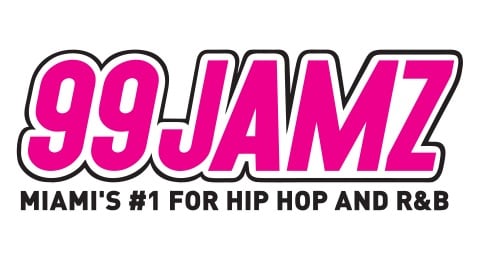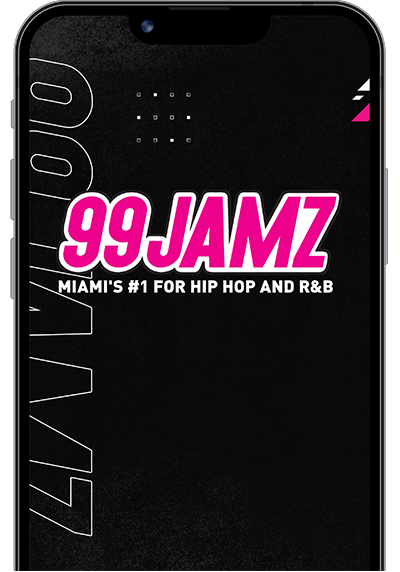The NFL had a radical change to its kickoff rules this offseason to bring back the kickoff return. But coaches seemed to be wary of the early results and reverted back to what they’ve always done.
One stat sums up how the approach to the new kickoff rules changed. In the first week of preseason, 82% of kickoffs were returned. That dropped to 74% in the second week and all the way down to 57% in the third week, via Greg Auman of Fox Sports. A change of 25% from the first week to the third is telling.
Coaches are generally risk-averse. They might tinker with strategy early in the preseason when games don't count, but they're not giving the opponent a shot at a big return. We saw some long returns early in the preseason. And by the end of the preseason coaches started kicking it out of the end zone, even though games didn't even count.
If that trend is predictive for the regular season, the kickoff return might not be back after all.
How will coaches treat kickoffs?
The new kickoff rule was one of the most-discussed aspects of the preseason. It's adopted from the XFL's kickoffs.
For those who didn't see it in the preseason, it will look much different than the kickoff formation that was used for a century. The kicker is still at the 35-yard line, but the kick coverage players are lined up at the opponents’ 40-yard line. The returning team has at least nine blockers lined up between their 30- and 35-yard line with one or two returners inside the 20. The coverage players and blockers can't move until the ball is touched by a returner or it hits the ground.
If the ball drops in the "landing zone" between the 20-yard line and goal line, it must be returned. If the kickoff bounces in the landing zone and goes into the end zone it can be returned or downed for a touchback to the 20-yard line. If the kickoff reaches the end zone on the fly, it can be returned or downed for a touchback at the 30-yard line. If the kickoff goes through the end zone, the ball is placed at the 30-yard line. And if the kick fails to reach the 20-yard line, the returning team starts its possession at the 40-yard line.
Coaches felt out how the rule would affect kickoffs and then started shifting to kicking it out of the end zone, giving their opponent the ball at the 30. In the first preseason week there were seven kickoff returns of at least 40 yards. Giving an opponent the chance for a long return is risky, and most kickers can boot it out of the end zone. That's why the touchback percentage rose to the point where the NFL revamped the rule this past offseason.
The Dynamic Kickoff rule will add a new wrinkle to the NFL. pic.twitter.com/NxHGx4uZgs
— NFL on Prime Video (@NFLonPrime) August 23, 2024
If there is anything near 43% returns, as we saw in the final week of the preseason, that's a big bump over the record low 22% of last season. We'll see how coaches treat the new kickoff rule once the games count.
Other new rules
The other interesting change that was tried out in some preseason games was Sony's Hawk-Eye technology that would tell officials if the offense got a first down after the ball was spotted. There were some delays getting that information to the officials, which defeated the technology's purpose. The NFL will not use the technology to measure first downs this regular season, the Washington Post said.
There are other new rules but nothing as radical as the kickoff changes.
Officials can review if there is a snap before the game clock expires at the end of a quarter, though it doesn't affect the play clock and missed delay of game calls that are much more prevalent.
Onside kicks change due to the new kickoff rules. Because the new formation doesn't allow for an onside kick, teams have to announce they're trying an onside kick, and it can be only in the fourth quarter from a team that is trailing. That eliminates the surprise onside kick.
One rule that got a lot of attention in the offseason but didn't matter in the preseason was the hip-drop tackle being eliminated. No penalty flags were thrown for violations in the preseason but the NFL identified two instances in which a penalty should have been called, according to NFL Media officiating and rules analyst Walt Anderson, via Mark Maske of the Washington Post.











